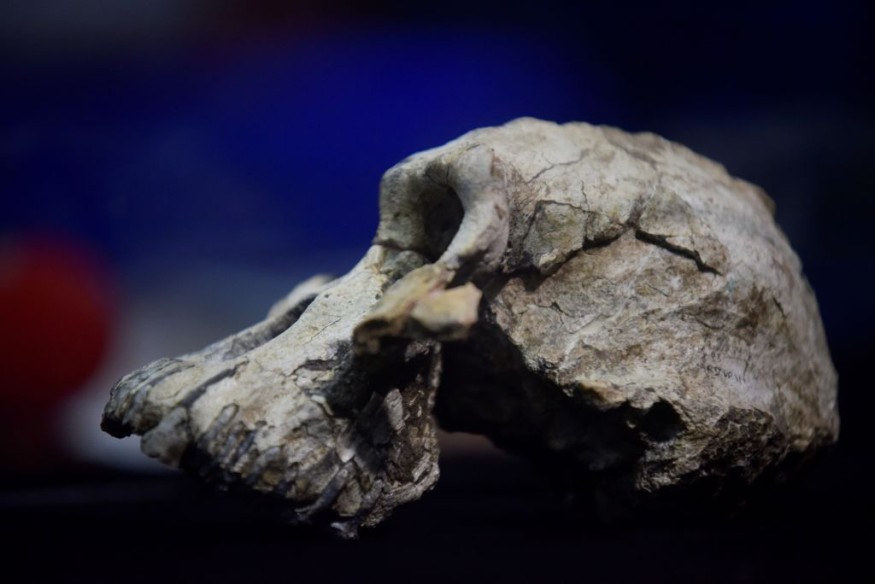Remains of a young woman who lived approximately 50,000 years ago were unearthed by experts. Examination of her remains proved that she was a 'hybrid' ancestor to modern humans that experts never saw before.
Not until lately when academics discovered proof that the young woman was not alone.
In the year 2019 a project work that explored the tangled disaster of humankind's prehistoric times, investigators utilized artificial intelligence (AI) to find an unidentified human progenitor life form that people today experienced and that has liaisons with on the lengthy journey out of Africa thousands of years ago.
"The so-called Out of Africa emerged roughly 80,000 years back, since component of the living organism inhabitants which more or less comprised of homo sapiens, decided to abandon the African territory and transitioned towards other regions giving a boost to all existing population," clarified by Universitat Pompeu Fabra in Spain, Jaume Bertranpetit also known to be a evolutionary biologist.
Scientists Amazed by the New Hybrid Genome

As human beings carved their way into the continent of Eurasia, they carved out another direction into which resulted to mating with old and extinct early humans from the other races.
Prior to the recent time wherein such sporadic potential participants were supposed to include Neanderthals and Denisovans, although of which being unidentified till the year of 2010.
However, owing to depth understanding techniques combing through some kind of complicated array of historical and present human genetic sequence, a third ex from such an antiquity was found in Eurasian DNA in this investigation.
Employing a scientific approach known as Bayesian inference, the investigators discovered indications of a 'third introgression' or also called a 'ghost' ancient community through which homo sapiens mated amid the African migration.
Under the perspective of pattern recognition, it was a type of hypothetical confirmation of forms of the young lady's 'composite' discovered in 2018. Nevertheless, there is plenty more work that can be done, and the study initiatives actually are really not specifically linked.
"Our idea agrees with the hybridized specimens identified lately in Denisova, although we cannot rule out certain theories at this moment," stated by genomicist Mayukh Mondal from the University of Tartu in Estonia in a news release at the time of discovery. Mayukh also happens to be one of the team's members.
Read also: Geologist's Disneyland: Iran's Hormuz Island Made of Edible Soil and Enchanting Salt Caves
Discovery of Third Interbreeding Event
A further group of experts discovered traces of a 'definite third interbreeding event' alongside Denisovans and Neanderthals in the year 2018, and other studies outline the history for how these fossils intersected and mated in more precision than it has ever been.
And although there is still a lot of study to be performed in this area, such type of AI evaluation is a very novel approach in the context of human lineage, and the existing fossil data is incredibly limited.
However, the researcher's discovery reveals not simply a long-forgotten phase of gene flow but a dalliance that, illuminates background of the study.
"We assumed we'd attempt to discover these wide convergence points in the genomic, check which seem to be Neanderthal and which are Denisovan, and see if they represent the complete context," Bertranpetit informed Smithsonian.
"Since it occurs, even when the Neanderthal and Denisovan sections are removed, and there is something in the DNA that is quite different."
© 2025 NatureWorldNews.com All rights reserved. Do not reproduce without permission.





